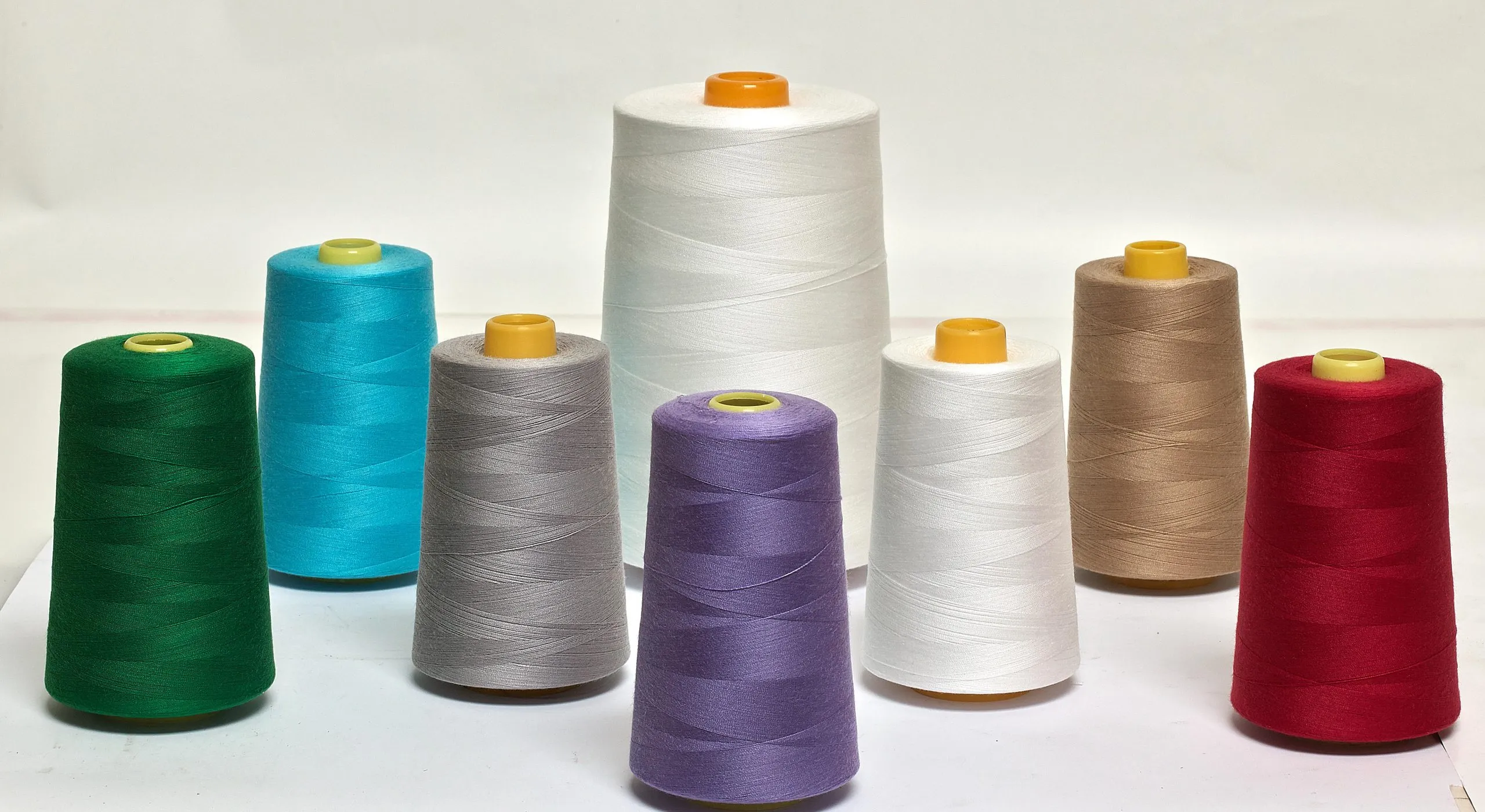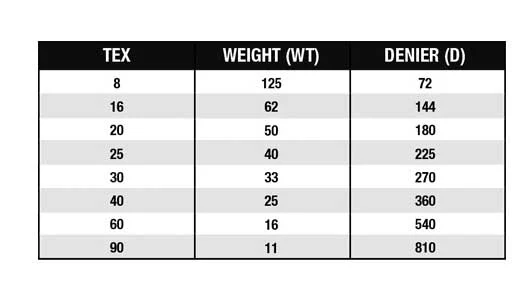
Just because you’re producing small runs doesn’t mean you accept compromises: insist on flexible or low MOQs (150 – 300 pieces), confirm the factory’s production capabilities and restrictions, and plan for higher unit costs in your budget. You should prioritize quality, transparent communication, and scalability so your manufacturer can adapt to reorders, niche sourcing, and ethical production as your brand grows.
Understand and Clarify the Minimum Order Quantity (MOQ)
For small-run production, MOQ (Minimum Order Quantity) is often the first major hurdle. Many factories are built for mass manufacturing and may require hundreds or even thousands of units per style, which can overwhelm a small brand. Finding a partner who can work with flexible or low MOQs say, between 150 and 300 pieces allows you to start small without huge financial pressure. Remember, smaller orders usually mean higher unit costs, so understanding these trade-offs early helps you price your products correctly. Always ask if small-run clients get the same production priority and attention as bigger brands this speaks volumes about the manufacturer’s values.
- One of the first questions to ask: “What is your minimum order quantity for a style?” Many factories geared to large-scale production expect hundreds or thousands of units, which may not suit a small run.
- For a small brand or limited edition collection, look for a manufacturer that accepts lower MOQs (e.g., 50-300 units) without sacrificing quality.
- Keep in mind: lower order size often means higher cost per unit, so build that into your pricing and budget.
- Finally, check how the manufacturer prioritises small orders: if they give large clients priority, your run may suffer delays or receive less attention.
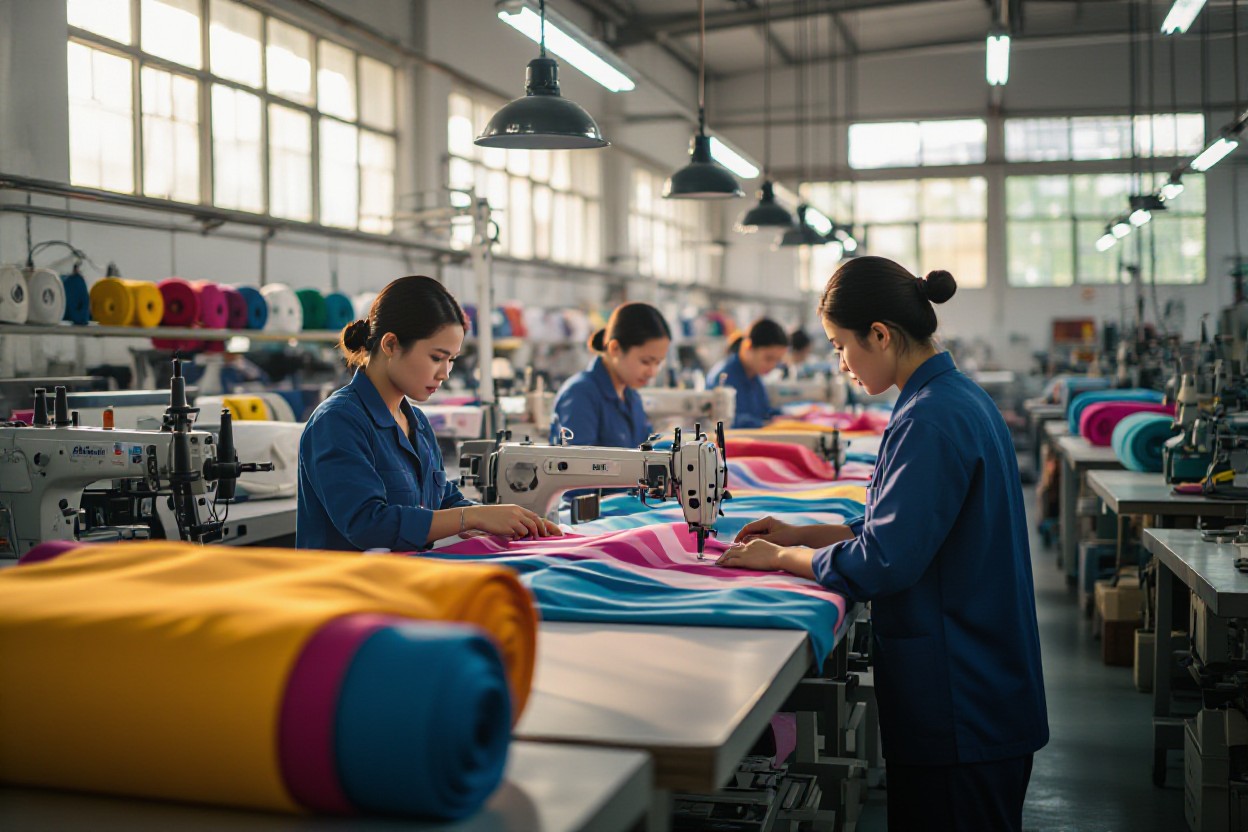
Check Their Production Capabilities and Restrictions
Every manufacturer has a “sweet spot” the kind of products, fabrics, and techniques they do best. Before committing, take time to understand what your chosen factory truly excels at. Can they handle your garment type, such as complex outerwear or stretch knits? Do they have specialized machinery for the finishes you want, like embroidery or laser cutting? For small runs, you want a manufacturer that can adapt to your needs, not one that forces you to fit their limitations. Ask for past small-batch examples and clarify if they can manage both sampling and production under one roof to simplify your workflow.
- Beyond MOQ, you’ll want to assess what they can produce and how well. Are they comfortable with the style types, fabrics, finishes and complexities you want? Some factories may limit their offerings for small runs.
- Ask for examples of past small-batch jobs especially ones similar to your garments in fabric, construction, and finish.
- Consider whether they offer full-package services (design → sourcing → production) or just cut-make-trim (CMT). For small runs, a more flexible model can ease your workload.
- Confirm lead-times: small-run operations may be more agile, but if the manufacturer is used to large-volume orders, their scheduling may push you back. So check how fast they can move with your order size.

Align Budget and Cost Expectations with Reality
Small-batch fashion often comes with big dreams but limited budgets. It’s important to ground those dreams in realistic cost expectations. Because your order size is small, the per-unit price will be higher factories can’t spread setup costs across thousands of garments. You’ll also need to budget for sampling, fabric sourcing, trims, and logistics, which all add up quickly. The best approach is transparency: discuss every cost component with your manufacturer so there are no surprises later. Treat them as a partner helping you achieve your vision, not just a supplier quoting a number.
- Small runs inherently carry higher per-unit costs (because less volume means less economies of scale). Be realistic about how much you can spend and what your margins will allow.
- Budget for extras: sampling, tests, possible wastage, fabric minimums, shipping and import duties if applicable. Smaller batches leave less room for error; a few faulty pieces impact your margin more heavily.
- Clarify payment terms, deposit requirements, and what happens in case of defects or delays. Treat your manufacturing partner more like a collaborator than purely a vendor.

Prioritize Quality, Communication, and Transparency
When producing in small quantities, every single piece counts. That means your relationship with the factory must be built on mutual trust, clarity, and open communication. A good manufacturer will involve you in every step from material sourcing to final quality checks and welcome feedback without defensiveness. Pay attention to how they communicate during sampling: are they prompt, detailed, and solution-oriented? A partner who values transparency will alert you to potential issues early and work collaboratively to solve them, saving time, money, and stress down the line.
- In small-batch production, each unit matters. You’ll want a manufacturer who gives you the attention to detail you need: quality finishes, consistency across pieces, reliable material sourcing.
- Good communication is crucial: clear tech packs, regular updates, responsiveness to questions and changes. A partner who is transparent about process and constraints helps avoid surprises.
- Consider visiting (or virtually touring) the facility, asking for references, viewing sample runs. This builds confidence and gives insight into their work culture, equipment, and quality control.
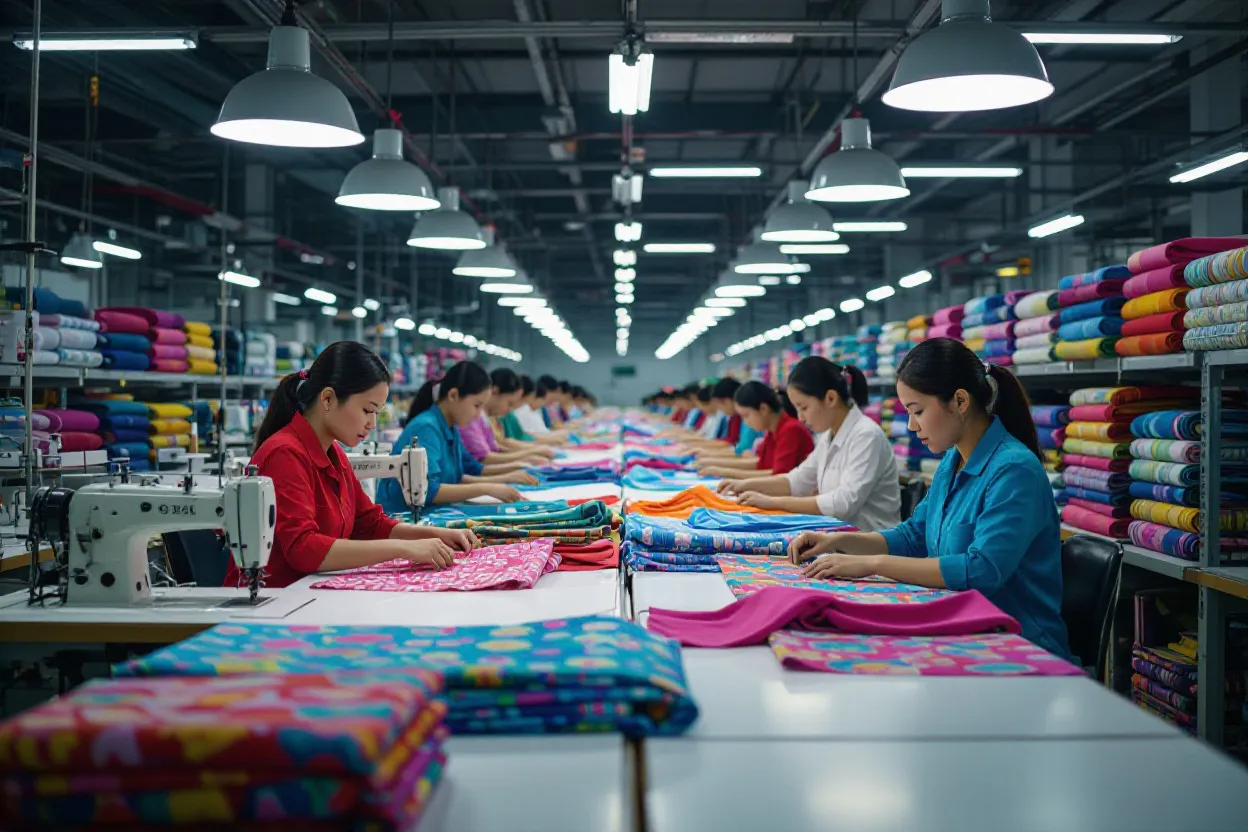
Factor in Flexibility, Scalability, and Future Growth
Even if your current run is small, always think one step ahead. What if your product sells out faster than expected can your factory handle a reorder quickly? A flexible manufacturer should be able to adjust production volumes without disrupting quality or timelines. Scalability is especially valuable when transitioning from sampling to full production or when launching multiple collections a year. Choosing a manufacturer who grows with you creates consistency in product quality and brand identity. Consider this a long-term relationship, not a one-time transaction.
- Even if you’re starting small, think ahead: if a style does well, can your manufacturer scale up or replicate it efficiently? Or will you need to re-source? A partner with some room to grow with you is an advantage.
- Evaluate how the manufacturer handles change orders, additional finishes, color changes, small tweaks. For small runs you’ll likely iterate more your partner should be comfortable with that.
- Also consider location: proximity (domestic vs offshore) influences oversight, shipping cost/time, and agility in making changes. Closer manufacturers may allow quicker sample iterations and lower risk.
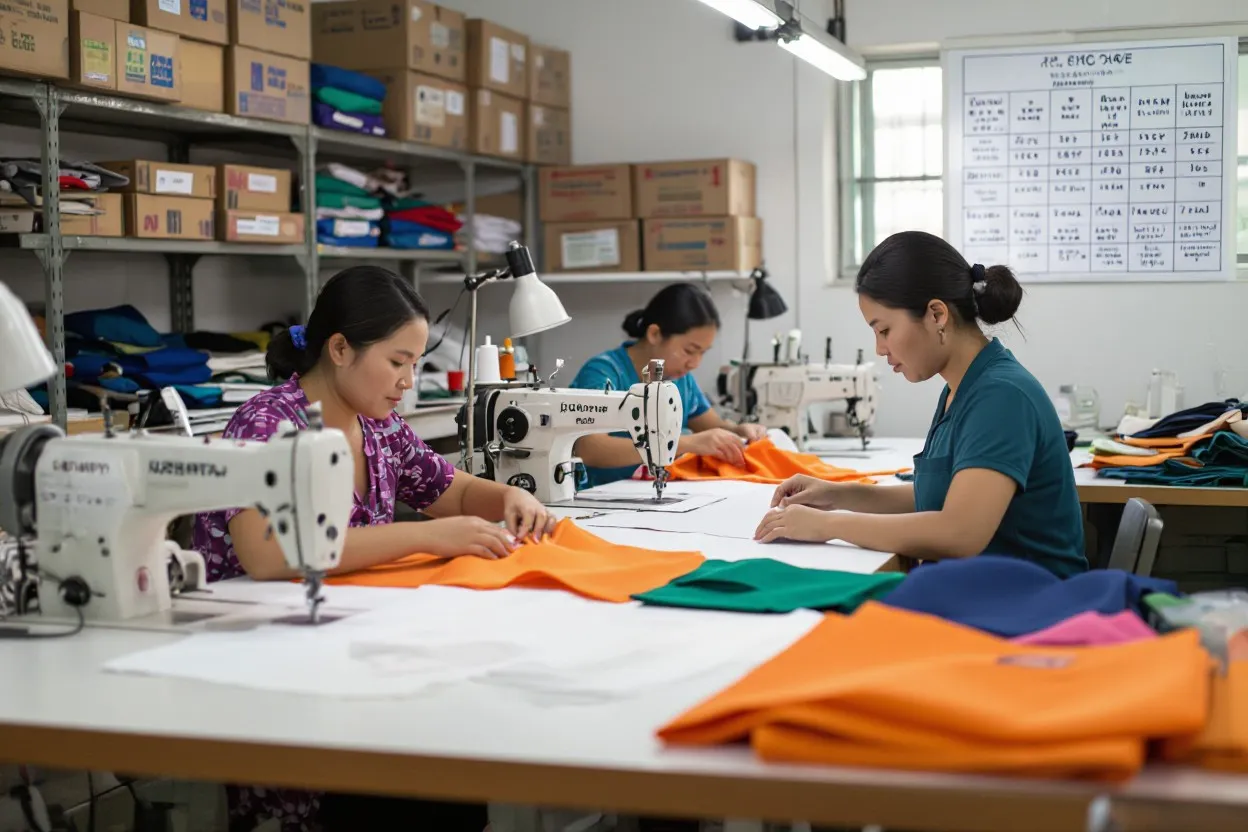
Don’t Neglect Niche Factors Unique to Small-Batch Production
Small-run fashion often demands a different way of working. You might need access to low-MOQ fabric suppliers, eco-friendly materials, or custom trims that fit your limited scale. Some factories have built networks for exactly this purpose, which can save you time and cost. Sustainability and ethical production also play a big role for emerging brands today so ask how the manufacturer handles waste, energy use, and worker welfare. Finally, think about your launch strategy: small-batch production is perfect for limited “drops” or testing designs before scaling. A manufacturer who understands this flexibility can help you innovate faster and reduce risk.
- Fabric sourcing: Some mills have high minimums; a small-batch manufacturer should have access to or connections with suppliers who cater to lower yards/units.
- Sustainability & ethics: For many new brands, small-batch production is part of a sustainability story. Ask about waste minimisation, ethical labour, eco-materials.
- Sample/release strategy: For small runs you may want to launch in “drops” or test styles. Make sure timelines allow for testing, gathering feedback, iterating.
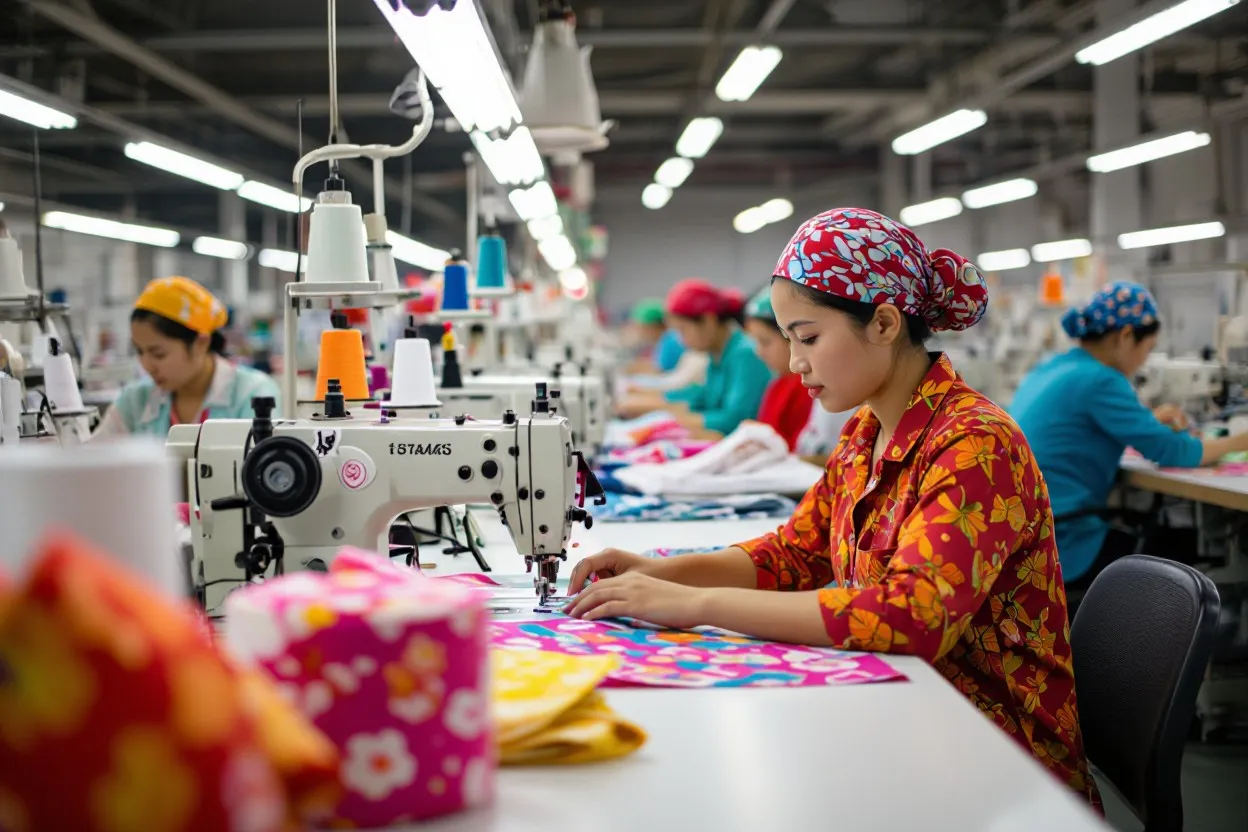
Conclusion / Final Words
Hence you should prioritize a partner like Mekong Garment Vietnam that accepts low MOQs, matches your garment and finish needs, and provides transparent costing, reliable communication, and consistent quality. Assess their sampling, flexibility for reorders, and niche supplier networks for trims or sustainable fabrics so your small runs scale without disruption. Choose a manufacturer that acts as a collaborative extension of your brand to protect margins and speed time-to-market.
FAQs Tips on Choosing the Best Clothing Manufacturer for Small Runs
What minimum order quantities (MOQs) can I expect from Mekong Garment Vietnam for small runs, and how can I negotiate them?
Mekong Garment Vietnam typically offers flexible MOQs for small brands, often in the 150 – 300 pieces range depending on style and construction. Ask for MOQs by style, color, and size breakdown; propose mixing colors or styles within a single run to meet factory minimums; request a tiered pricing table showing unit costs at different quantities; negotiate on setup fees, grading costs, and shared cutting runs; and confirm whether sampling and pre-production samples (PPS) are billed separately or credited against the production order.
How do I confirm Mekong Garment Vietnam has the right production capabilities for my specific garments?
Request a detailed capabilities list (equipment, sewing specialists, finishing machines), ask for examples of past small-batch projects similar to your garments, and request photos or videos of samples and the production floor. Confirm they can handle required techniques such as stretch knits, complex outerwear, embroidery, laser cutting, or bonded seams. Verify if sampling and bulk production occur on-site to avoid handoffs, and ask for lead times for sampling versus full production.
How should I budget for small-batch production with Mekong Garment Vietnam to avoid unexpected costs?
Obtain a full cost breakdown including sampling, fabric and trim sourcing, pattern grading, marker and cutting charges, sewing, finishing, packaging, inspections, and shipping. Expect higher per-unit costs for low volumes and budget for multiple sample rounds. Ask about cost-saving options like using factory-stock fabrics, standard trims, consolidated shipments, or combining styles. Clarify payment terms, deposit schedules, and whether tooling or die fees apply.
What quality control and communication processes should I insist on with Mekong Garment Vietnam?
Require a clear sample approval workflow (initial sample, PPS, production approval), request inline and final inspections with defect reporting, and agree on an AQL level for acceptance. Insist on detailed tech packs with measurements, construction notes, and tolerance tables. Establish a single point of contact, regular progress updates (photos, video calls), and turnaround times for replies. Ask about material certificates, test reports, and corrective action plans for defects.

